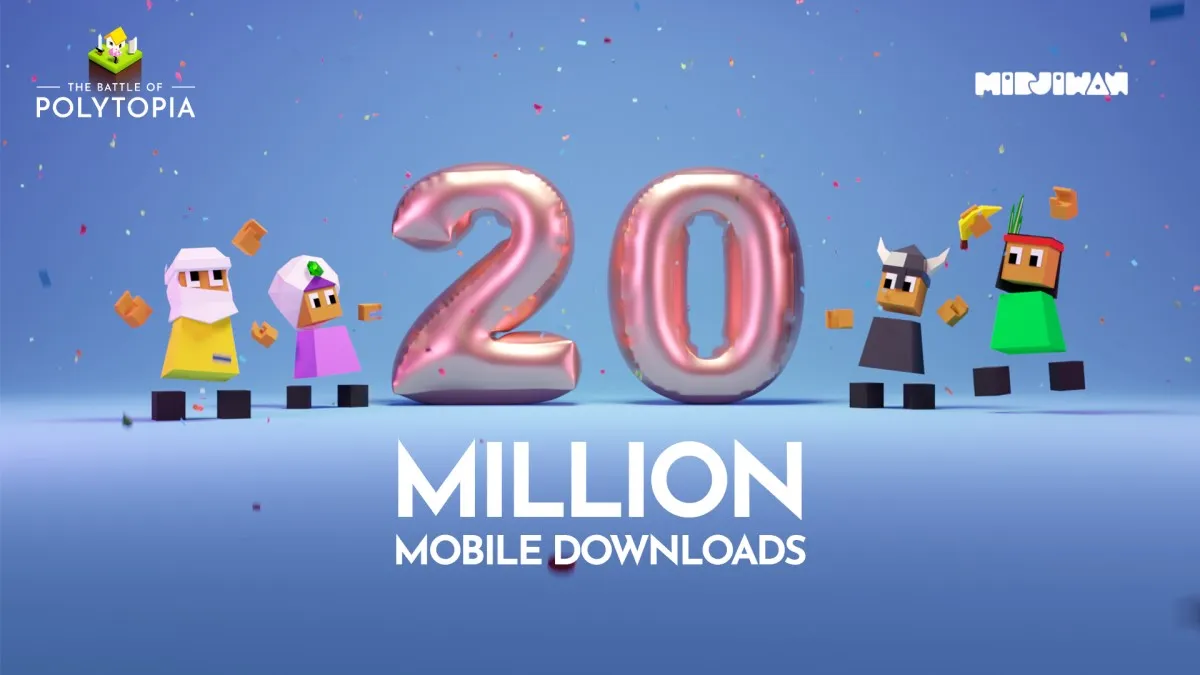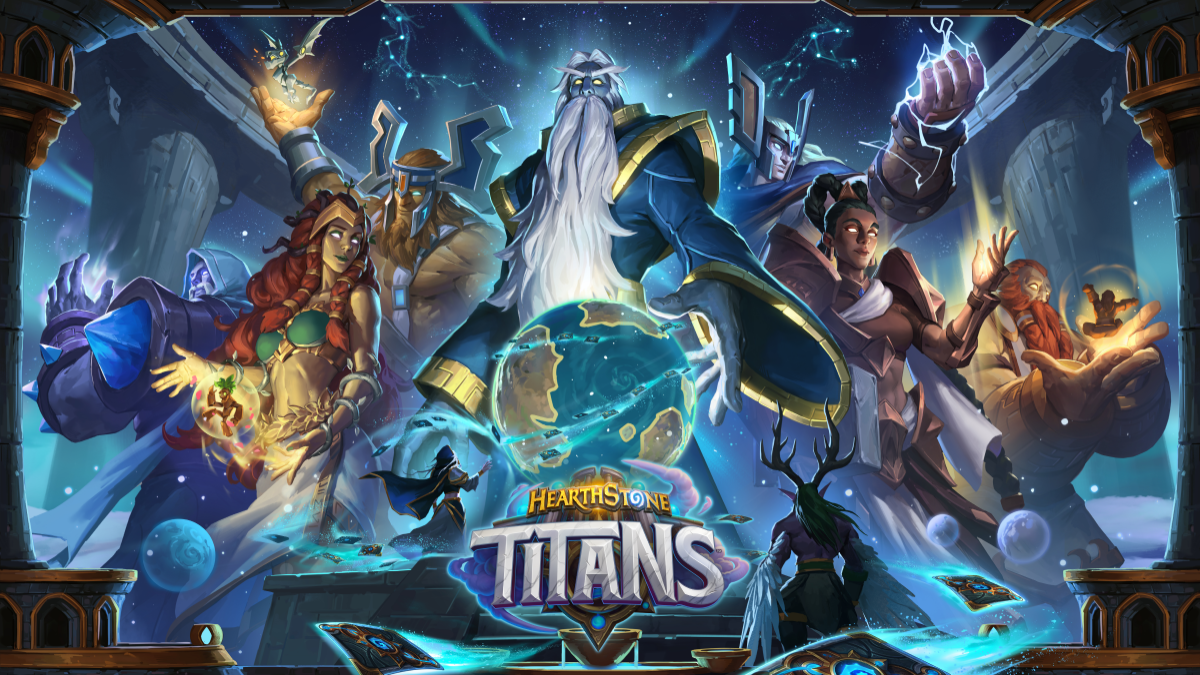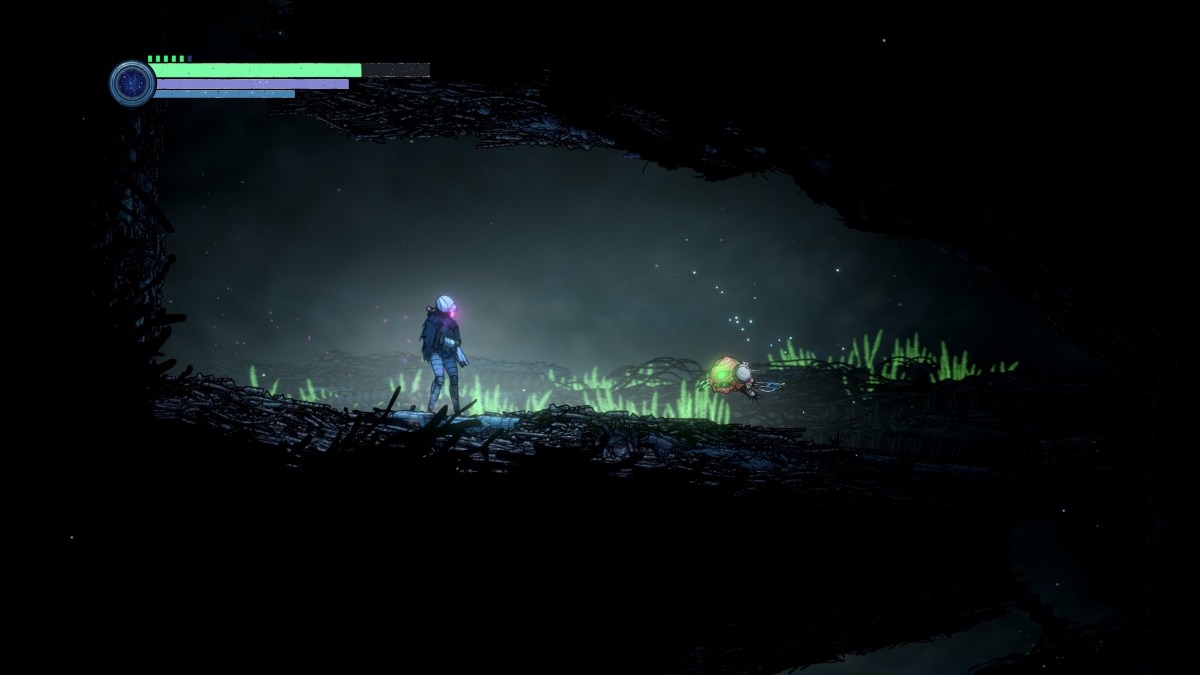To everyone’s (well, mine) surprise, last week saw the announcement of a new Broken Sword game. Entitle Broken Sword: The Serpent’s curse, the game is being part-funded through Kickstarter by the series’ creators at Revolution Software.
Shortly thereafter I put on my gimme-an-interview hat on and had a chat with studio managing director (and creator of Broken Sword) Charles Cecil. Mr Cecil was kind enough to talk us through many elements of the game’s design and publishing model, as well as discuss the industry in general and what crowd-funding could lead to in the long run.
Our chat lasted a rather long time, so we’ve split it into two parts. This is part one.
Check back next week for part two.
IncGamers: How have you guys been since you announced the game last week? Busy?
Charles Cecil: It’s been very busy. It’s been like a rollercoaster. On the first day we had thousands of people asking questions, we were totally overwhelmed. We’ve now caught up and it’s great that people are so interested.
IG: Has the interest taken you by surprise? It’s been a few years since the last new entry in the Broken Sword series…
CC: Well, there has been a constant lobby of people that have been fantastic and have been asking about when new games are going to appear. There’s also been that buzz about the series. Last year when we self-published Broken Sword: Director’s Cut and Broken Sword 2: Remastered what was particularly gratifying was that it went to a whole new audience – we had five million downloads on Apple devices last year.
It’s great that the games are still being so well received; the Broken Sword: Director’s Cut has a Metacritic score of 91 per cent. One of the risks of releasing this sort of game is that the genre is now outdated and people are no longer interested, but that’s clearly not the case. A new generation absolutely embraced the game on a new device.
We have two audiences; those that played the original games and the new audience that has just come in through the mobile platforms. That gives us great confidence going forward that we’ve got the potential to grow the market even further and it’s a genre with a very wide audience.
IG: Did the success of those iOS releases set the foundation for The Serpent’s Curse, or would you have set about making this game regardless?
CC: Absolutely they set the foundation, they gave us the confidence to do it. The thing with adventure games is that they are very expensive to write because there’s so much unique content. An adventure game costs about £1 million to write. It really is as simple as that if you want to maintain a decent level of ambition.
You can take stylistic shortcuts and create much cheaper looking games and that’s a route some games go down. That’s not a criticism, it’s just the way the economics work for some games. We very much wanted to retain that very high production value and very high quality animation, so we took the decision to fund the project ourselves.
Self-publishing is very important to us, because we’ve been down the traditional publisher route before and we ended up making either nothing at all or very little. To be fair, though, the publisher is the one taking all the risk and therefore reasonably expects the lion’s share of profit. What we needed to do was get into a position where we’re the ones taking the risk and then we can benefit from success and branch into future games from that.
The iOS releases gave us that opportunity to get into that cycle and self-publish The Serpent’s Curse through to about halfway through production. And then the rest is hopefully going to come through the Kickstarter campaign.
IG: Now that you’ve dipped your toe in the self-publishing waters, can you see yourselves going back to the normal developer-publisher relationship?
CC: Absolutely, we will certainly look at that and we value the relationships we have with publishers. What we would much prefer to do, though, is to develop the game ourselves and to take the risk ourselves. We want to control development and the cost of development, then we want to work with publishers once the game nears completion.
That shows we have the confidence to take the risk ourselves and work with the publisher on different terms than required if they were the ones taking the risk. We’ll self-publish where appropriate and work with publisher where appropriate, particularly on the boxed products.
IG: What do you think of the idea that alternative funding sources such as Kickstarter are a genuine threat to the traditional publisher/developer relationship? Do you think it poses a threat to the big publishers like EA and Activision?
CC: I’m not sure that there is, no. There have been changes in distribution, digital distribution is certainly shaking things up, but the likes of Electronic Arts seem to be doing very well and the likes of Ubisoft are very powerful and produce excellent, full-priced, $100 million games.
I think the system will shift and the relationship between developers and publishers will change. From the developer’s perspective it seems to be changing for the better, but we’re not anti-publisher at all. We value them and we want to maintain our relationship with them.
If we can self-fund and self-develop our projects then we’re more than happy to work with them on slightly different terms than normal. That would suit us better.
IG: When you say you’ve got more freedom to go about things as you like by self-publishing, what does that mean exactly?
CC: For example, when a developer signs a contract [with a publisher] a large part of it is set in stone. So part of it might be that you’ve got two months to write the story, but being a creative process it’s very difficult to know exactly how long something is going to take. It might be three or four months instead of two months, so you’ve got the freedom to go about things as you like and take your time to make sure it’s right.
Juggling our resources and time to produce the very best game possible within those constraints is not easy. There’s also going to be a conflict if the funders and the developers are two separate parties. It’s very reassuring for us to be able to control both sides.
My feeling is that we’re more in touch with what our audience wants and therefore we are better placed to go about things as we want to, because we can make all of the decisions. Ultimately, the publisher is the one taking the financial risk so they’re going to be cautious. If we take the risk we need to be cautious, but we also have the freedom to make decisions we wouldn’t otherwise be able to make.
IG: Is it risky to release a point and click adventure into today’s market? The genre has changed quite a lot since the first couple of Broken Sword games…
CC: Well, yes. As I said it’s not cheap to write an adventure game and if this game doesn’t take off then it’s a huge risk for us. That’s probably one of the reasons why the iOS App Store is full of games that look so similar in the adventure game space, because they’re so expensive to write.
Something like Angry Birds, a terrific game, can be produced quickly and with very few people. An adventure game requires a lot of work to create and write the story and define the characters – design them, animate them – and write the logic for each section/puzzle. It’s a much more complex development process and that makes it expensive.
IG: Are you using your own engine and development tools?
CC: The engine is completely our own design. We’ve been writing games for about 20 years and we’re using iterations of the engine that we’ve used for past games.
IG: The visual style for The Serpent’s Curse is fairly unique, with painted backgrounds and high-def characters that employ a different colouring style. From what I understand, that’s not the cheapest way to go about things…
CC: We’re really aiming for the highest quality visuals possible, so everything is in HD. Obviously ‘quality’ is a subjective term but I and the team thought the best way to achieve that was to use highly experienced layout artists to design the backgrounds.
We could have used 3D but the problem with that is that 3D is ultra-realistic and we wanted to deliberately distort the perspective to create a certain mood. My view is that the perspectives we’re using creates environments that are more interesting and it creates a much better overall feeling.
There are a few artists that draw the layout and then we colour them in with Photoshop.










Published: Aug 31, 2012 12:18 pm